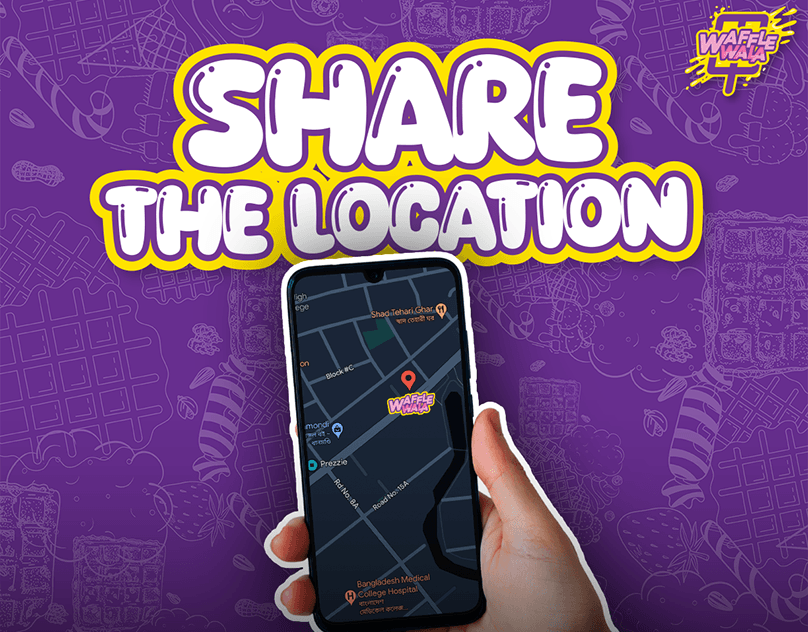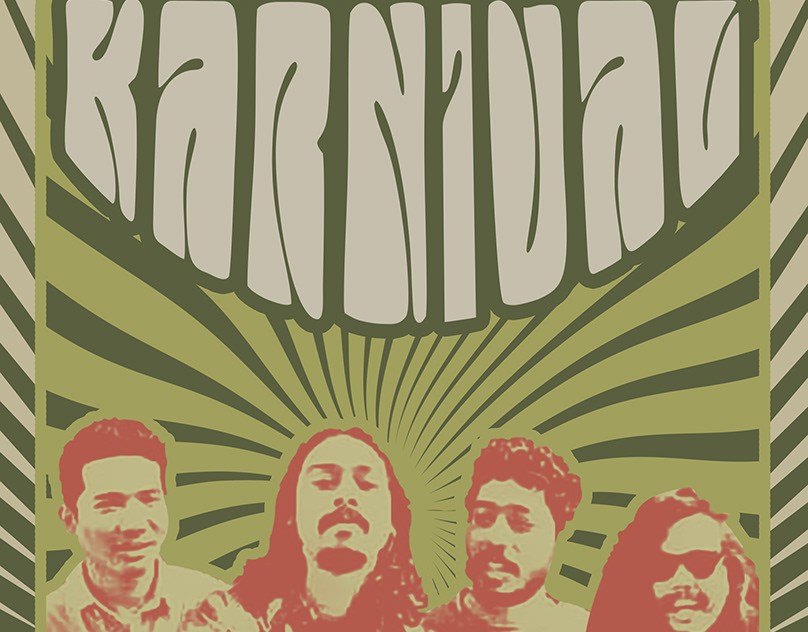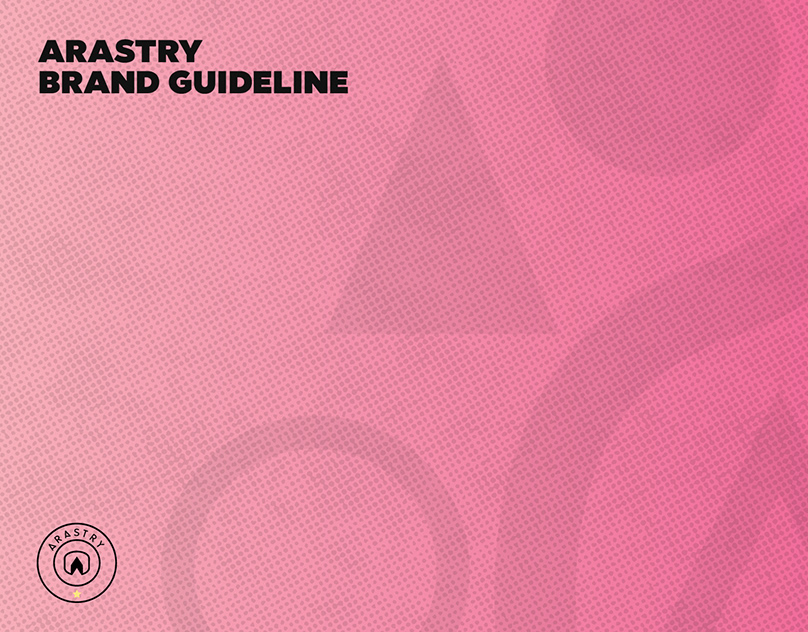


From US$25
Designing social media posts requires a thoughtful approach to capture the attention of the audience and convey the message effectively. Here are the key services to provide when designing social media posts: 1. Content Strategy: Collaborate with the client to understand their social media goals and target audience. Develop a content strategy that aligns with their brand identity and marketing objectives. 2. Graphics and Visual Design: Create eye-catching and engaging graphics that resonate with the target audience. Use relevant images, illustrations, icons, and other visual elements to enhance the post's appeal. 3. Typography and Text: Choose appropriate fonts and styles to complement the overall design. Craft concise and compelling copy that conveys the message effectively and encourages user engagement. 4. Branding Integration: Ensure that the social media post aligns with the client's brand guidelines, incorporating logos, brand colors, and other brand elements to maintain consistency. 5. Platform-Specific Optimization: Adapt the design for various social media platforms, considering the different image dimensions and requirements of each platform.
Less than a week
2 concepts, 3 revisions


